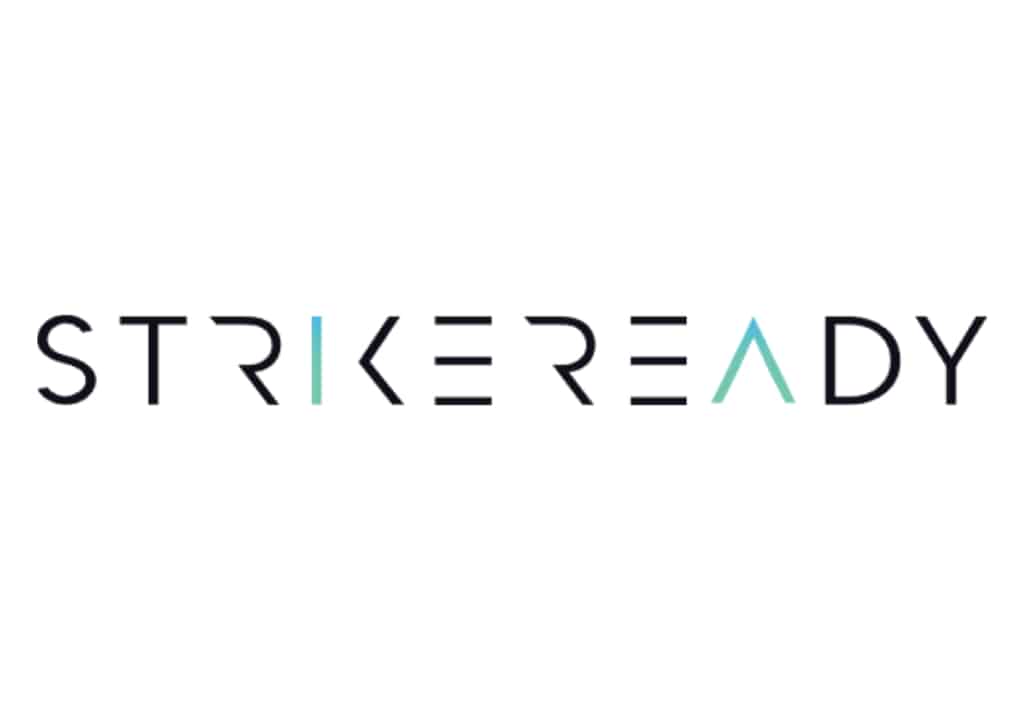The huge security breach at software maker Adobe is even bigger than first reported, with more than 150 million credentials stolen, including records on up to 38 million active customers, according to a report by Brian Krebs at the web site Krebsonsecurity.com. Krebs said in a story posted Tuesday that Adobe’s initial estimates that user names and passwords for around three million customers was well short of the actual number taken by hackers who breached the company’s network. Citing a file posted by the website Anonnews.org, Krebs said the actual number of affected Adobe accounts stolen is much larger: 150 million username and hashed password pairs including credentials for 38 million “active” accounts, according to Adobe spokesperson Heather Edell. Edell told Krebs that Adobe has just completed a campaign to contact active users whose user IDs and encrypted passwords were stolen (including this author). Those customers are being encouraged to change […]
Privacy
Gartner: Traditional IT Security Dead By End of Decade?
The analyst firm Gartner Inc. prides itself on its ability to identify emerging technology trends and talking up what’s next before it has even happened. The firm’s Hype Cycle maps the familiar path from promising new technology to ‘hot technology buzz word du jour,’ and (maybe) on to useful, less buzzy technology that’s actually being used. More important: the Gartner Magic Quadrant rates technology companies (and their products) according to a set of criteria that includes how forward-looking (or “visionary”) the company is. Given the sway Gartner’s ratings have in companies’ willingness to invest in products, it’s a foregone conclusion that companies Gartner picks to ‘do well’ end up…umm…doing well. Gartner has an interest in finding the next big thing in every market – but also of preserving as much of the status quo as possible. (All those quadrants generate some serious cash!!) So I was interested to read about […]
Exclusive: Apple Store Favorite IZON Cameras Riddled With Security Holes
It’s another day, another face-palm moment for the home surveillance camera industry. Just one month after the Federal Trade Commission (FTC) settled a complaint with the maker of SecurView, a line of poorly secured home surveillance cameras, a researcher at the firm Duo Security has found a slew of even more serious security holes in the IZON Camera – a popular product that is sold in Apple Stores and Best Buy, among others. A review by The Security Ledger found dozens of such systems accessible via the public Internet, in some cases allowing anyone to peer into the interiors of private residences and businesses. Mark Stanislav, the Security Evangelist at the firm Duo Security, presented the details of a security audit of the IZON camera at a security conference in New York on Tuesday. Stanislav documented troubling security lapses including a wide-open configuration with exposed ports for accessing the device […]
Microsoft Tests Glass Competitor. But Do Wearables Threaten Privacy, Social Norms?
Forbes has a really interesting article a couple of days back that posited the huge dislocations caused by wearable technology – including front-on challenges to social norms that are thousands of years in the making and contemporary notions of privacy. The applications for wearable technology like Google Glass are too numerous to mention. Just a few include “heads up” displays for surgeons in the operating room. Teachers (or their students) could benefit from having notes displayed in their field of vision, rather than having to resort to printed notes or the (dreaded) Powerpoint slide. But the devil is in the details of the wearable technology, Forbes argues. Unlike external devices – pagers, mobile phones, smart phones – wearable tech is more intimately connected to ourselves: in constant contact with our bodies and notifying us with vibrations and sounds in ways that it may be difficult to ignore, Forbes argues. Indelicately implemented, […]
Printable Smart Labels Warn When The Milk’s Gone Bad
What’s been called “The Internet of Things” or “The Internet of Everything” is a revolution in computing that has seen the population of Internet connected “stuff” skyrocket. By 2020, there will be an estimated 50 billion devices connected to the Internet (or whatever its called then). Today, the list of IP-enabled stuff is already long: phones, automobiles, household appliances, clothing. But, under the hood, a lot of these devices really aren’t much different from the PCs that grace our desks. They have hard drives, CPUs, memory, input devices, and so on. Most are still assembled in factories by humans and machines. This can be done cheaply and, in some cases, automated. But it’s still a labor-intensive and expensive process. But what if you could just “print” working electronics like, say, The New York Times prints its daily newspaper (at least for now!)? That would change everything. For one thing: […]






